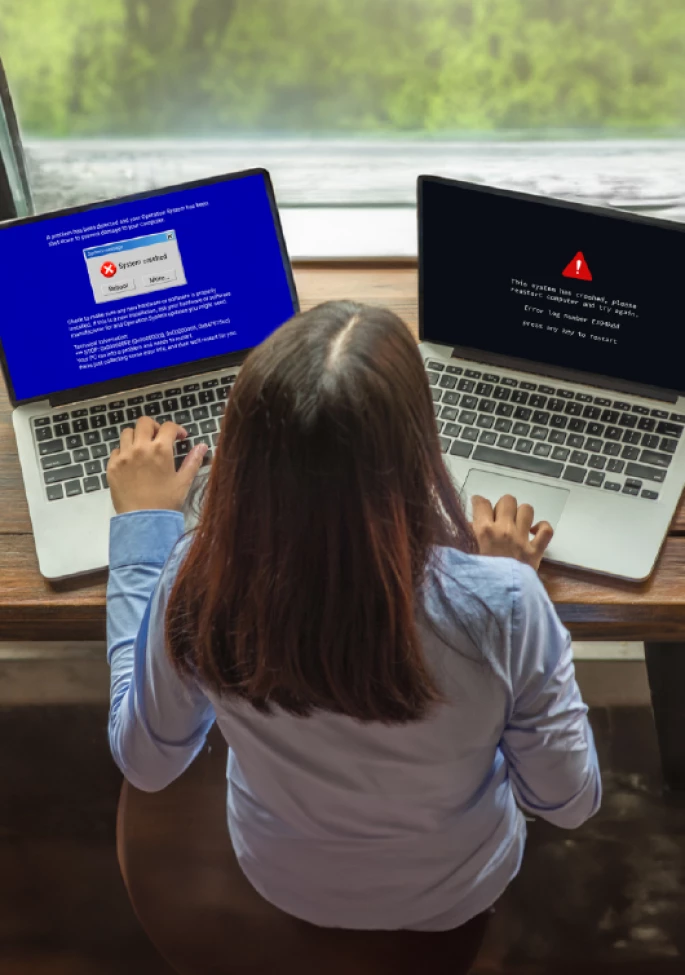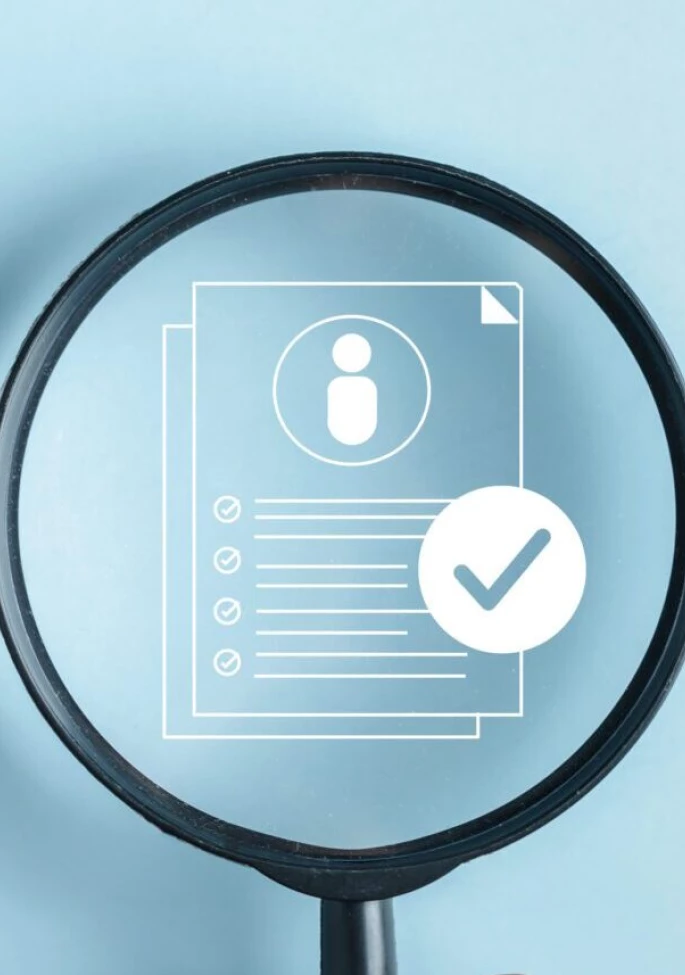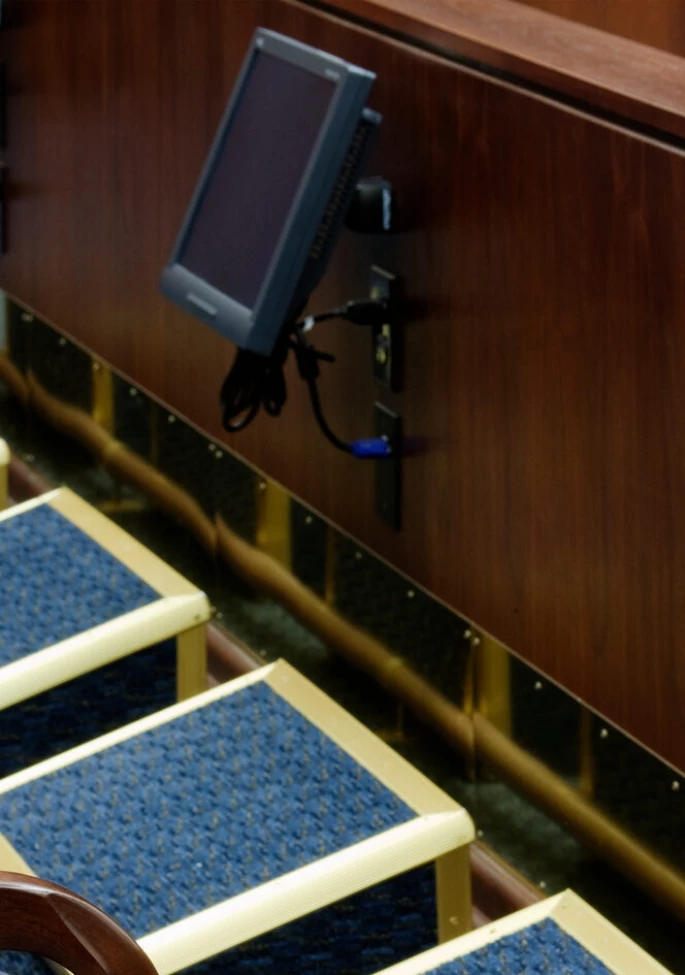Various “up in the air” factors can potentially boost costs during trial, but most clients will still ask counsel to forecast their budgets. While this request is reasonable, it is not always easy to fulfill.
Trial graphics and on-site technical support are two areas where costs can be tricky to estimate. However, with some discipline and planning—and a few guidelines—your team can easily predict and manage your trial support budget. Below are six quick tips for forecasting budgets and reducing expenses from discovery through trial proceedings.
1. Synchronize Deposition Videos in Advance
If your case has video depositions, synchronizing the transcript with the video is a must. By having your videos synched in advance, you can utilize the free software available to review the synched transcripts and video and make clips of those “AHA!” moments. In addition to trial, clips can also be used in other discovery depositions and at mediations/settlement conferences.
While some providers may offer this service free of charge, be weary of this route because you often get what you pay for. “Free” synchs are not usually QC’d to make certain that the video is actually synchronized with the transcript. We recommend working with experienced deposition video professionals who know how to deliver a quality product. Last-minute corrections will only add to your expenses—and your stress levels.
While it is a common practice post-pandemic, be sure your vendor can provide electronic deposition video files to save you time and effort.
2. Pick a Database Preparation Partner
Certain aspects of exhibit preparation may be handled by your e-discovery vendor, but if your case is large, it is wise to partner with technology consultants to build your trial database. This helps you better plan your budget and be confident your evidence is easy to call up during trial.
The vendor you choose should be able to host every single exhibit and video deposition—and any other relevant files you need—before and during trial. This full, anytime access means you (and they) will not be stuck waiting for files or paying for rushed shipments.
3. Estimate On-Site Consultants’ Time
The first question we ask our clients is, “How does your trial team like to work?” Your budget will depend on whether you burn the midnight oil or punch out right after court. Since trial support tends to mirror the attorneys’ schedule, technology consultants’ time usually falls into one of three categories:
- Heavy: Your case has several moving parts, and rulings are happening each day that will affect the testimony being presented (and the necessary work), as well as how prepared your trial team is. A good rule of thumb for this scenario is 14-16 hours per day.
- Moderate: After working eight hours in court, your trial team spends two to three hours each night preparing documents and video clips. This scenario usually averages 10-12 hours each day.
- Light: Your trial team is fully prepared and only needs the trial technician to call up documents and video clips. Estimate around eight or nine hours a day.
Some cases call for one technician, some call for two, and “bet-the-company” cases benefit greatly from having trial techs and a graphic artist on site. Estimate your budget accordingly.
4. Assign a Single Vendor Contact
Whether you are creating document callouts or preparing video deposition designations, selecting one point person will save time and money for your trial presentation vendor and your trial team. We know everybody wants their say, but constant “editing by committee” can lead to communication mix-ups with the vendor, and these small corrections pile up the hours over time. Your team can still weigh in on important decisions, but you should choose one person to communicate with your vendor.
5. Split A/V Expenses with Opposing Counsel
Trial teams used to see courtroom equipment as an opportunity to one-up opposing counsel. The common sentiment was, “If they don’t have their own equipment, that’s their problem.” In modern jury trials, however, judges emphasize that trial counsel be as efficient as possible with jurors’ time—and jurors prefer that too. Sharing audio/visual equipment will speed up the trial process. Even if opposing counsel does not anticipate needing equipment, it is still good etiquette to offer.
6. Share a Trial Technician (Optional)
This option has advantages and disadvantages. Sharing a trial technician is an efficient way to keep expenses down if you only need to show agreed-upon exhibits and video designations. However, with this route, you may lose the ability to gain valuable feedback from your technician or experience limitations, such as not being able to create a PowerPoint slide during rebuttal testimony, since the technician is focused on presenting for the other side. Typically, only the “original contracting party” has access to the trial tech’s thoughts, ideas, and feedback about the case. You will have to weigh the cost savings against that potential loss of strategic advantage.
Final Thoughts
Ultimately, it is much easier to estimate your trial support budget if you can weed out the main issues that accumulate unnecessary hours. The factors highlighted above should help avoid sticker shock by keeping your expenses aligned with your expectations.
With the most experienced technology consultants in the industry, IMS adds value far beyond the hot seat. Rely on our expertise to enhance your team’s power and efficiency—and ensure your strategy is executed flawlessly. Contact us to get started.








